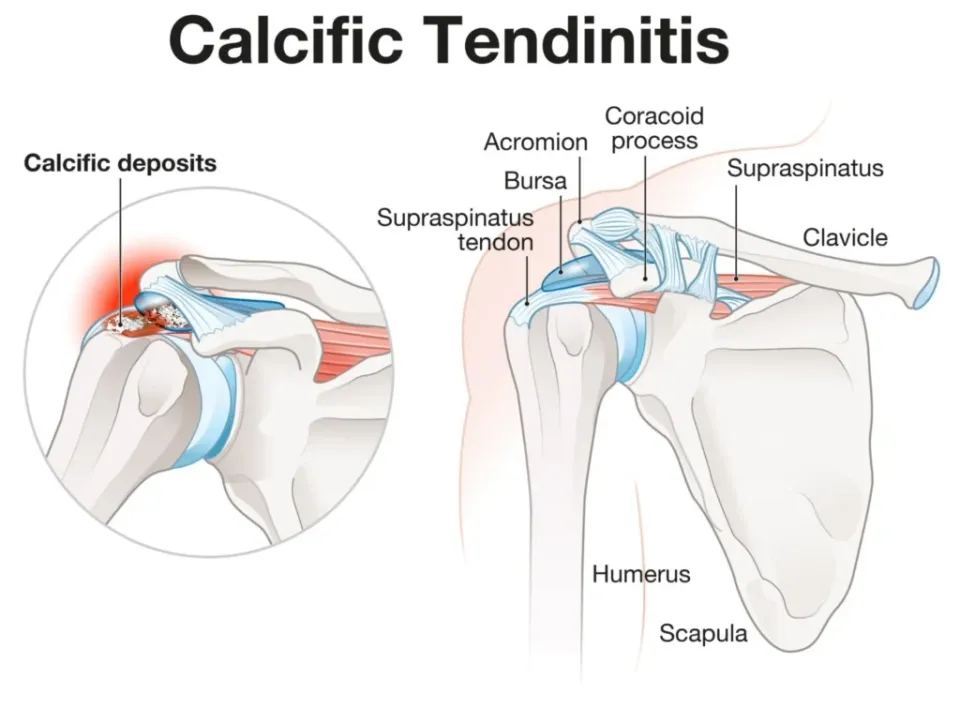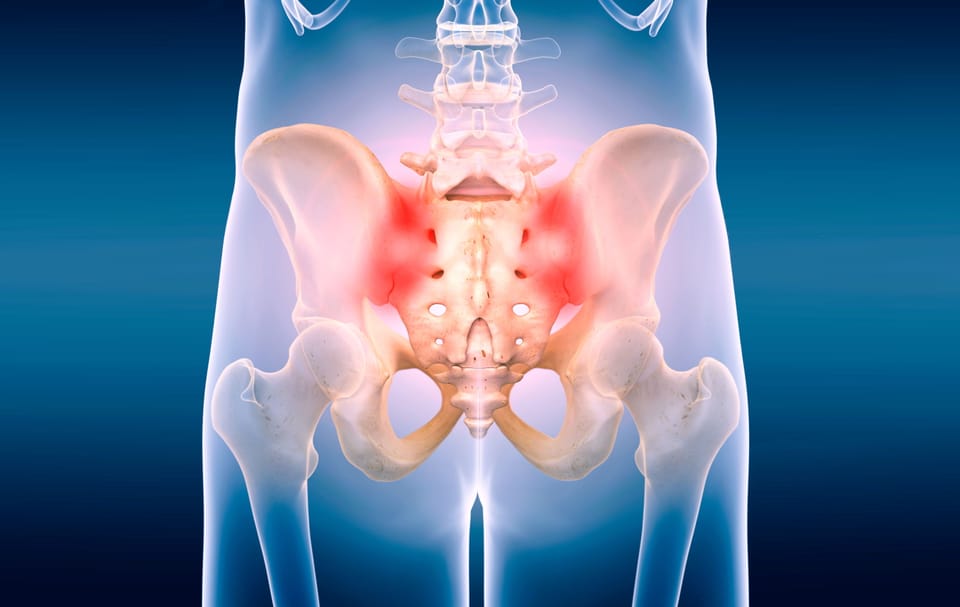Simplified shoulder pain diagnosis for primary care: learn to differentiate neck vs shoulder pain, identify instability, AC joint issues, frozen shoulder, arthritis, and rotator cuff tendinopathy. Discover key red flags and when to seek urgent referral for optimal treatment.












